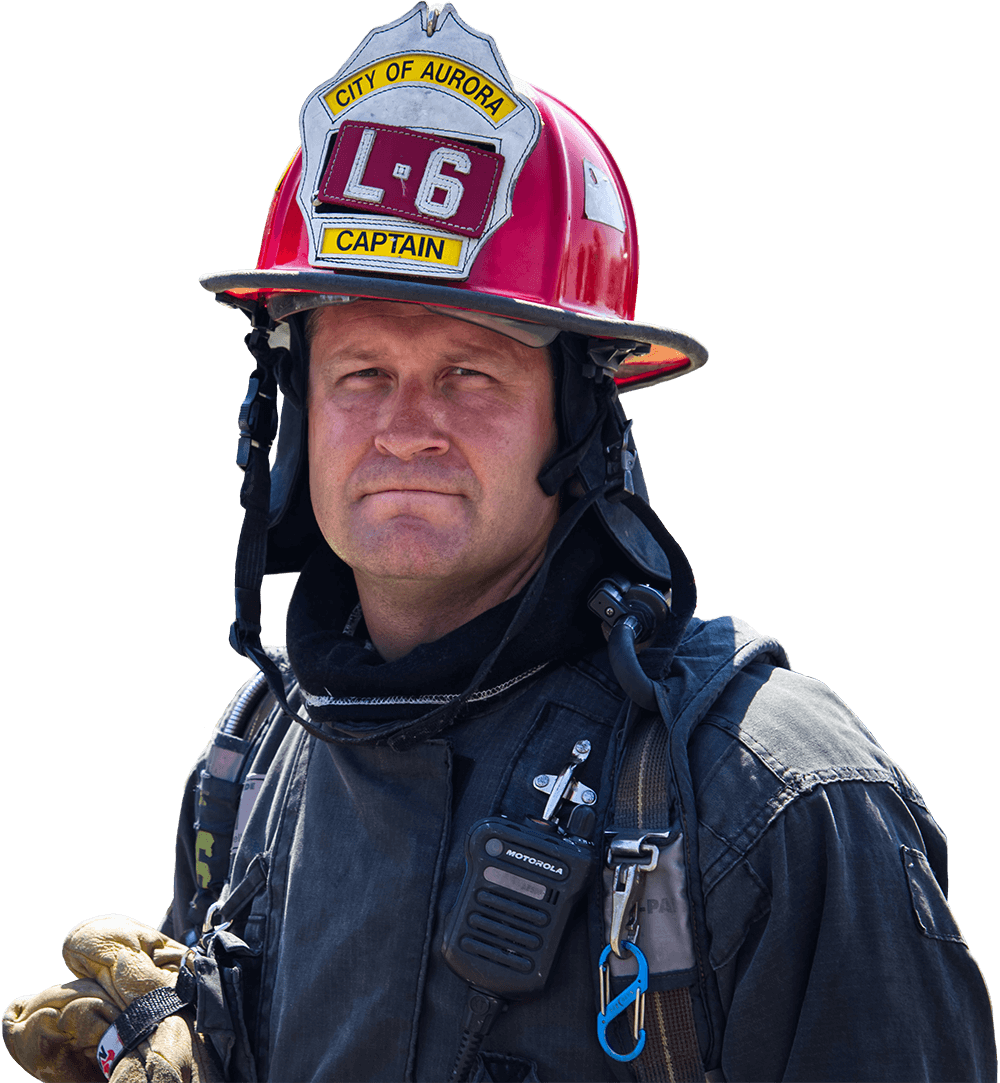Allergic reactions, including their more severe form, anaphylaxis, represent an exaggerated or hypersensitive response following exposure to any of a number of triggers or allergens, like food, medications, or pollen. Allergic and anaphylactic reactions are typically but not always mediated by the immune system and are most notable for the fact that many other people would not experience any such reaction when exposed to the same triggers. Anaphylaxis represents the more severe and potentially life-threatening form of an allergic reaction. Your ability to recognize and treat allergic reactions can mean the difference between life and death for some patients. In this course, we'll discuss how the immune system may trigger allergic reactions, anaphylaxis recognition and treatment, as well as epinephrine administration.
Course Type: Full-length Course
Course Duration: 60
Allergic reactions, including their more severe form, anaphylaxis, represent an exaggerated or hypersensitive response following exposure to any of a number of triggers or allergens, like food, medications, or pollen. Allergic and anaphylactic reactions are typically but not always mediated by the immune system and are most notable for the fact that many other people would not experience any such reaction when exposed to the same triggers. Anaphylaxis represents the more severe and potentially life-threatening form of an allergic reaction. Your ability to recognize and treat allergic reactions can mean the difference between life and death for some patients. In this course, we'll discuss how the immune system may trigger allergic reactions, anaphylaxis recognition and treatment, as well as epinephrine administration.
Course Type: Full-length Course
Course Duration: 60
As an emergency medical technician or paramedic, you are responsible for treating patients on the scene to your scope of practice and getting patients to the hospital quickly and safely. This can be difficult, especially when driving in unfamiliar territory or dealing with traffic congestion. This course will discuss critical elements of driving emergency response vehicles safely and effectively.
Course Type: Full-length Course
Course Duration: 60
As first responders, you face new challenges and hazards that test your skills, knowledge, and courage daily. This course will give you critical information and strategies to navigate these dangers effectively, focusing on essential OSHA standards and emergency action plans. Understanding and applying these guidelines will enhance your ability to protect yourself, your team, and those you serve in every emergency scenario.
Course Type: Full-length Course
Course Duration: 90 min
Anaphylaxis, diabetic emergencies, and opioid overdoses present potential life-threatening emergencies for patients. When these types of calls come, there is often little time to act. EMS providers, whether ALS or BLS, must be prepared to intervene to save the lives of their patients. In this course, we’ll explore the use of naloxone, epinephrine auto-injectors, and glucometers for BLS providers in EMS.
Course Type: Full-length Course
Course Duration: 60
Responding to an emergency call at a location that handles hazardous materials and machines can be a frightening situation if you do not have the proper training. Industries that work with such materials are required to have a lockout/tagout system in place to prevent these situations from happening, but sometimes accidents will happen anyway. As a first responder, you must go into these calls with your training, an understanding of how to handle these locks and tags, and knowing that you will have to be even more cautious when providing care as your actions may have adverse reactions when it comes to dealing with hazardous materials and machines.
Course Type: Full-length Course
Course Duration: 60
Regardless of the patient's age, the goal is the same - to provide safe and timely transport for the patient. ...
Course Type: Full-length Course
Course Duration: 60
